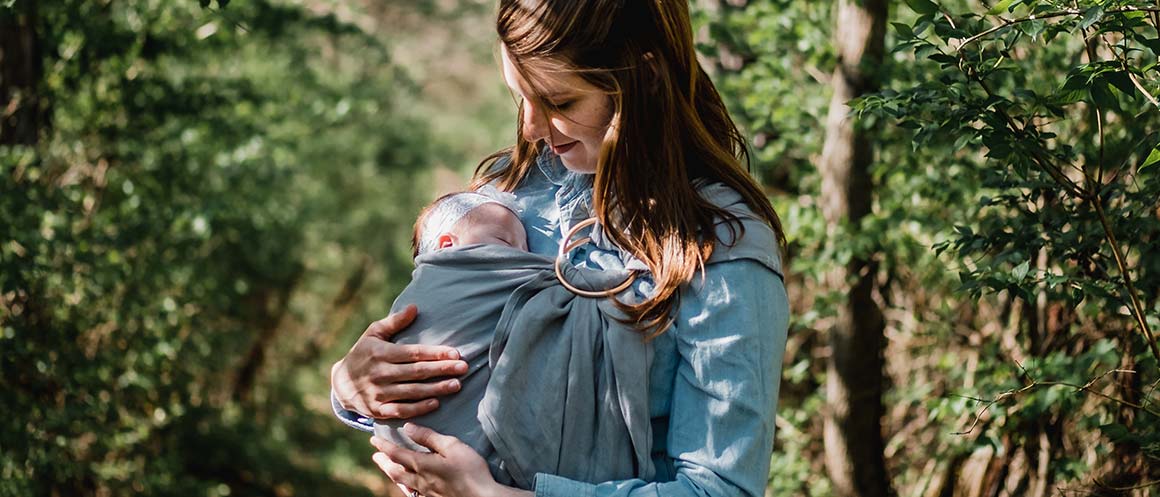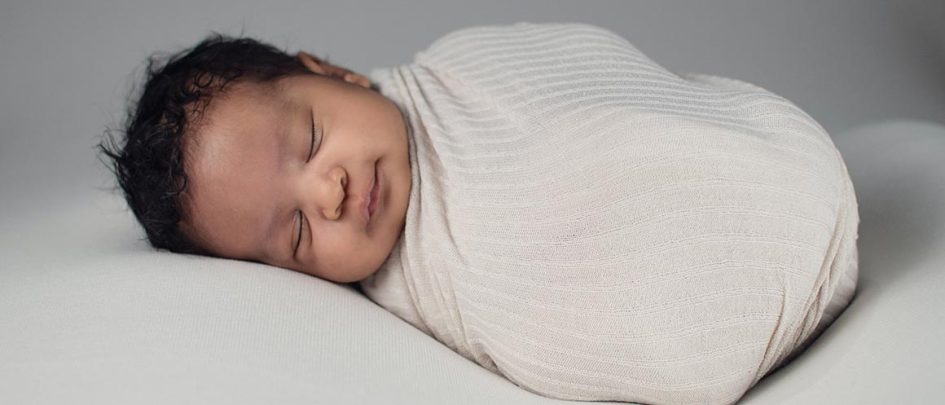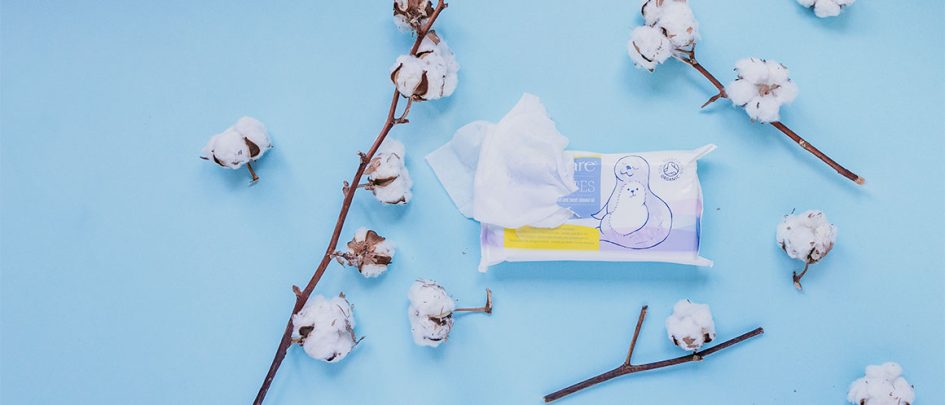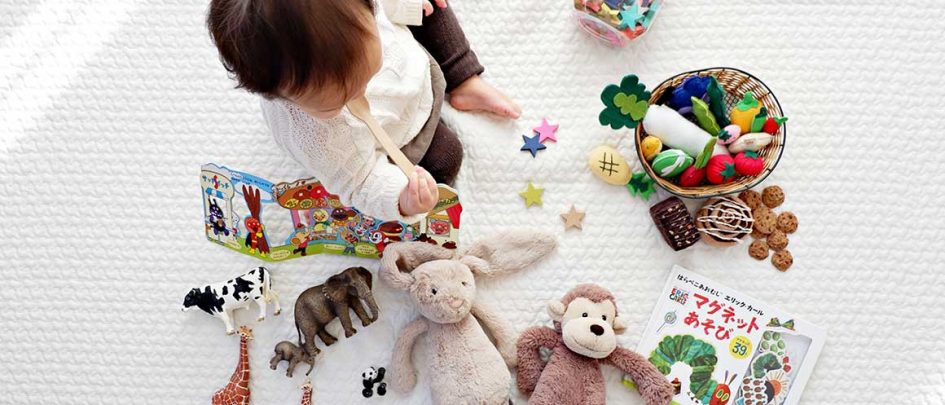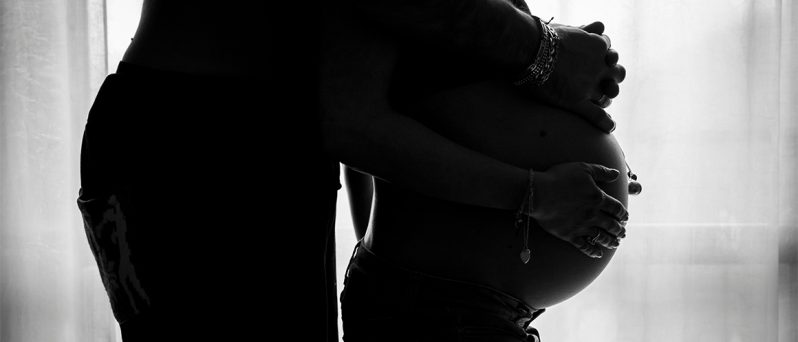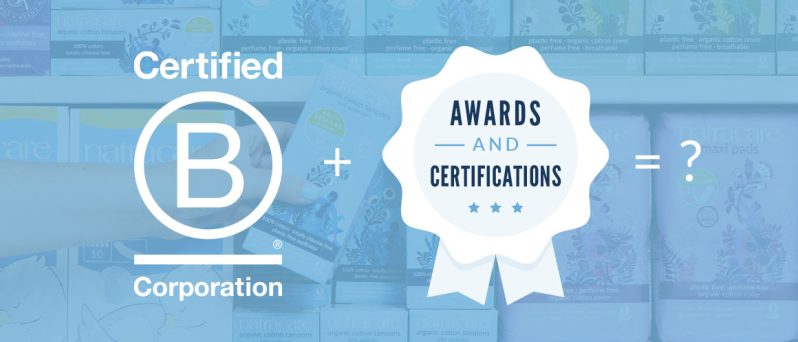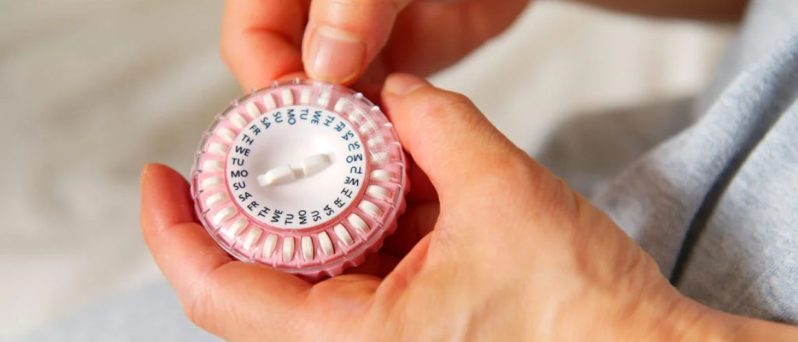In partnership with Made Safe, making products safe and keeping families healthy™
Whether you’re a parent-to-be, new parent, or seasoned parent, it can be overwhelming and troubling to hear about the toxic chemicals around us. Wouldn’t it be good to know if everyday products we use were really safe?
There’s good news! Every step we take to decrease the amount of harmful chemicals by swapping for cleaner products or reducing exposure, no matter how small, is a significant and important step. Several research studies show that we can make meaningful differences in the levels of these chemicals in our bodies by reducing any amount of exposure. For example, individuals who stopped eating all canned food and plastic-packaged food for three days showed a drop of more than 60% of the hormone-disruptor BPA in their urine.
That’s why we’re thrilled to team up with our friends Made Safe to curate the Healthy Baby Guide, a comprehensive resource full of tips for avoiding toxins and navigating the aisles when shopping for your family and growing children. Each of these products have been vetted by Made Safe to ensure they are made with only scientifically proven safe ingredients.
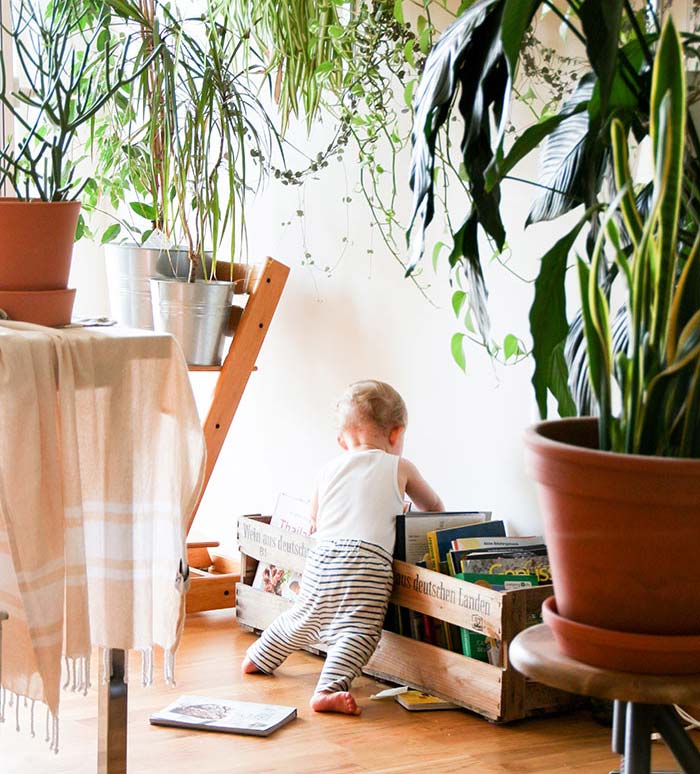
Here are a few key highlights from the Healthy Baby Guide (you can download the full guide here!):
Toxic Chemicals’ Impact on Pregnant & Breastfeeding Women and Children
We’re constantly exposed to numerous chemicals from our environment, which can be a burden for our immune system as it attempts to protect us from the harmful ones. Children in particular are vulnerable to this. For example, exposure to hormone-disrupting chemicals during the development of the immune system in early childhood can lead to cancer or infertility later in life.
Furthermore, studies show pregnant and breastfeeding individuals are also more vulnerable to harmful chemicals:
- Several reproductive problems (e.g., endometriosis, ovarian cysts, recurrent miscarriages) have been linked to high levels of BPA.
- The chemicals in pregnant bodies can be passed on to developing fetuses in the womb.
- Exposure to harmful ingredients in critical windows of child development, including the womb, can have lifelong effects, according to numerous studies
- Breastmilk can be another passageway for chemicals to infants and growing children. While breastfeeding remains the best option for benefits such as growth, development and immunity, the amount of potentially harmful chemicals found in breastmilk poses an unnecessary burden.
Tips for Pregnant Individuals & Parents
- Avoid fragrances (perfume) wherever you can: fragrances are a mixture of hundreds to thousands of undisclosed chemicals. Items that include fragrances ranges from our laundry detergent and fabric softener to body soaps and shampoos.
- Swap plastic for to glass or stainless steel, especially for heated items
- Opt for unbleached nursing and maternity pads to avoid dioxin, a highly toxic and probable carcinogen labeled by the World Health Organization and by the Environmental Protection Agency.

Tips for the Nursery
- For disposable diapers, opt for chlorine-free, fragrance-free, and dye-free to avoid potential effects of dioxin, a by-product of bleaching.
- Simplify the number of baby products in your home. Babies can be exposed to toxic flame retardant chemicals in foam-based products such as cribs, car seats, and nursery swings. The more baby products leads to higher exposure levels according to tests.
- Do not heat food or liquids in pouches or plastics. High heat allows plastic to leach endocrine-disrupting chemicals, such as BPA, faster. Try glass bowls or steel pots instead.
- For baby bottles and pacifiers, opt for clear silicone nipples
For more tips, product recommendations, and all scientific citations, be sure to check out the Healthy Baby Guide from Made Safe!
